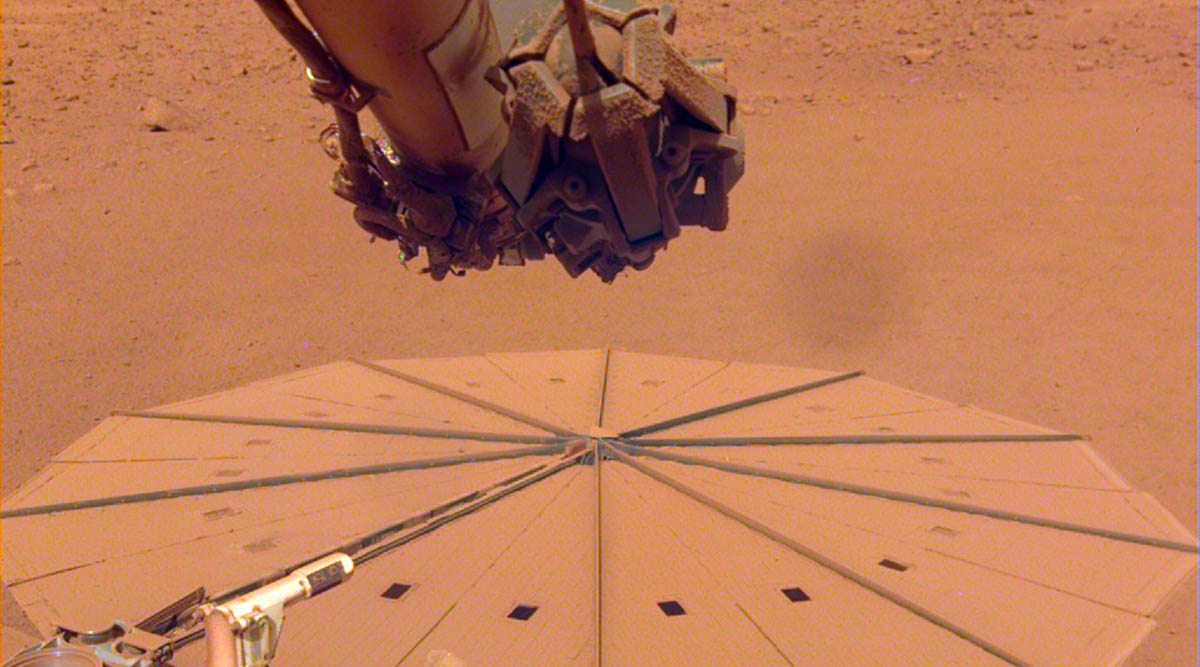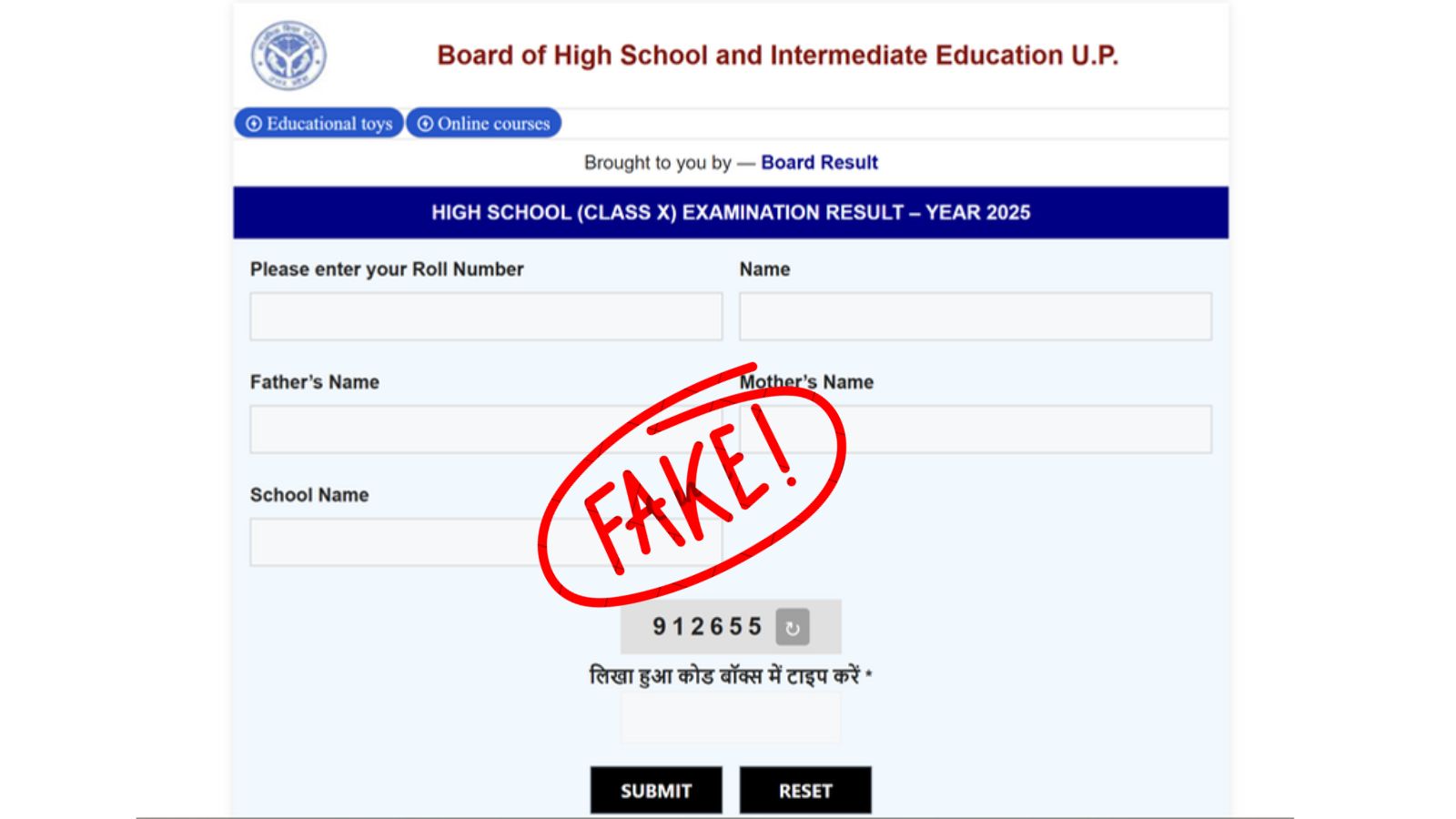The power available to NASA’s InSight Mars lander diminishes day by day but the space agency has revised the mission’s timeline to maximise the science they can conduct. InSight’s last operational science instrument, its seismometer, was projected to shut down by the end of June so that it can conserve energy and survive on what power its dust-laden solar panels can generate until around December. Last month, it had sent its last selfie back to Earth, before it had to turn off most instruments.
But now, the team plans to make the seismometer operate longer, maybe until the end of August or into early September. This would mean that InSight’s batteries will discharge sooner and make it run out of power at that time as well but it would also mean that the lander can detect more marsquakes. “InSight hasn’t finished teaching us about Mars yet. We’re going to get every last bit of science we can before the lander concludes operations,” said Lori Glaze, director of NASA’s Planetary Science Division in Washington.
InSight is short for Interior Exploration using Seismic Investigations, Geodesy and Heat. The lander has already achieved its science goals but is on an extended mission. It has detected more than 1,3000 marsquakes since it landed on the red planet in 2018; providing information that told scientists more about the depth and composition of Mars’ crus, mantle, and core. It also used its other instruments to record important weather data, investigate the soil beneath the lander and study remnants of Mars’ ancient magnetic field.
But all those other instruments are already powered down. Like other spacecrafts on Mars, InSight has a fault protection system which automatically triggers a “safe mode” when it in threatening situations. In this safe mode, the lander shuts down all but its most essential functions, allowing engineers back on earth to assess the situation. Having low power (like it does right now) and temperatures outside certain limits can trigger this safe mode.
But to make sure that the seismometer runs for as long as possible, the NASA team is turning off this Insight’s fault protection system. While this will allow the seismometer to operate longer, it leaves the lander unprotected from sudden, unexpected events that ground controllers wouldn’t have time to respond to.
!function(f,b,e,v,n,t,s)
{if(f.fbq)return;n=f.fbq=function(){n.callMethod?
n.callMethod.apply(n,arguments):n.queue.push(arguments)};
if(!f._fbq)f._fbq=n;n.push=n;n.loaded=!0;n.version=’2.0′;
n.queue=[];t=b.createElement(e);t.async=!0;
t.src=v;s=b.getElementsByTagName(e)[0];
s.parentNode.insertBefore(t,s)}(window, document,’script’,
‘https://connect.facebook.net/en_US/fbevents.js’);
fbq(‘init’, ‘444470064056909’);
fbq(‘track’, ‘PageView’);








